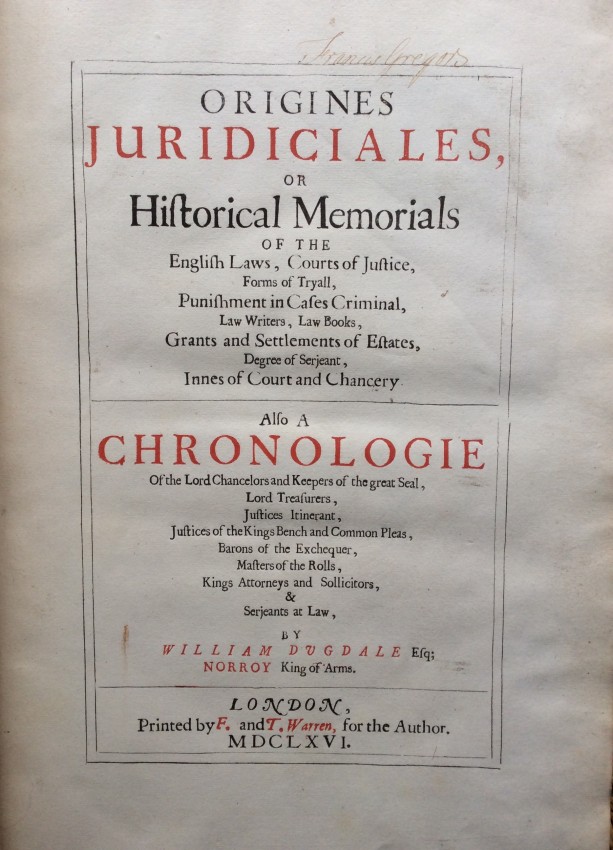
The Great Fire of London, which claimed most of the medieval and Tudor city in the summer of 1666, including St Paul’s Cathedral and the Guildhall, also destroyed the centre of the London book trade, Paternoster Row, which lay just south of St Paul’s . Doubtless there are many anecdotes concerning the efforts of booksellers and bibliophiles to rescue books before they were consumed. In exploring the smoking ruins of the city John Evelyn noted that the vaulted roof of St Paul’s had smashed into St Faith’s church, ‘ which being filled with the magazines of books belonging to the Stationers, and carried thither for safety, they were all consumed, burning for a week following ‘. But the anecdote that most intrigues your Jotter has to do with Samuel Pepys, who buried his prize ‘Caxtons’ in his garden to protect them. That the diarist was a genuine bibliophile is obvious to anyone who has visited the Pepys Library in Magdalene College, Cambridge, but how many are aware of his interest in the earliest years of printing in England ? One wonders if Pepys’s ‘ Caxtons’ still form part of this library, and if they do, which books are they ?
Perhaps lesser known are the books which perished, either in whole or in part, in the conflagration. One of the most famous must be the Third Folio of Shakespeare, which was published in 1664. Apparently, many copies of it were still being warehoused when the fire broke out. We don’t know exactly how many volumes were stored in this warehouse, but we must assume that all of them were destroyed and that the only the volumes that survived were those that had already been sold. One of these is currently for sale at an eye-watering price . Not too long ago another copy ( perhaps the same one) made a high price at Cheffins in Cambridge. I know because I was at the sale.
For obvious reasons the First Folio Shakespeare, which was printed exactly four hundred years ago, is the big money-maker, although it is less rare than the third. However, the Second Folio being less rare than the First, or indeed the largely destroyed Third, makes less money. As Slater rightly remarks, all those books having been ‘subjected to the purification of fire are now rare historical landmarks, and consequently both extrinsically and intrinsically valuable.’ What Slater doesn’t say in as many words is whether copies of works of lesser interest that escape deliberate or accidental burning, command the same high prices as works by truly important writers.
One work in this category of minor books by lesser writers to have been destroyed in the Great Fire is Origines Juriiciales (1666), a potted history of English law and early lawmakers by the historian William Dugdale , author of the more appealing Antiquities of Warwickshire, with its stunning etchings by Hollar. Slater tells us that the edition was ‘ almost entirely destroyed ‘, which is annoyingly vague. Pepys is cited as the source for this information. It seems that copies of the book had only just reached the booksellers when the fire erupted. The rarity of the book is not reflected in the price it fetches today. Forum had a copy estimated at £500 -700 in 2023, and a copy was sold at Christies for $940 in 2001.The book is probably a bit dry and boring, like many seventeenth century law books.
R. M. Healey

Interesting piece. Re Pepys’s incunables, try this link: https://data.cerl.org/mei/_search?query=data.provenance.agent.ownerId:00025288